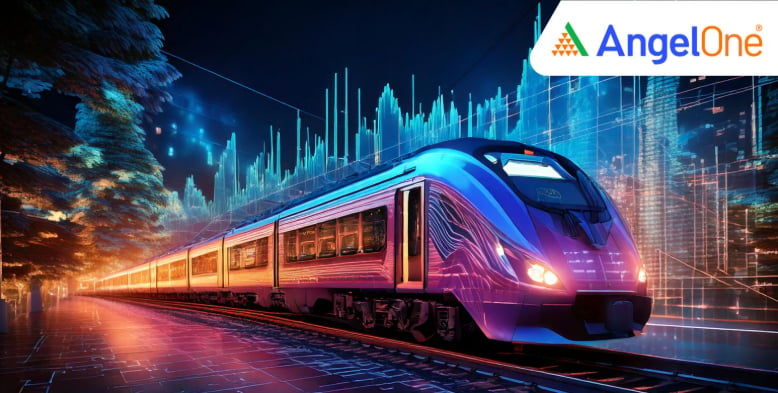
Kavach is a Part of the government’s Mission Raftar initiative and aims to make train operations faster and safer. The system will be installed across 40,000 kilometers of high-density and high-speed routes by 2030–32. With an estimated ₹450–500 billion market potential, several Indian companies stand to benefit from this rollout.
Let’s look at three key players riding this high-tech rail safety wave.
Kernex Microsystems is one of the earliest developers of Kavach and remains a direct beneficiary of the project. Its flagship product is the Kavach system itself, and the company is already working on Kavach 4.0, which is the next version with upgraded software and hardware.
As of FY25, Kernex had a ₹21.2 billion order book, providing revenue visibility for the next decade. It has also submitted bids worth ₹30.2 billion, covering over 9,500 km of rail tracks.
In Q1FY26, Kernex’s revenue nearly doubled year-on-year to ₹559 million, while profit margins expanded to 22.5%. With active development in new rail technologies such as Communications-Based Train Control (CBTC), Kernex is positioning itself for sustained growth.
HBL Power Systems has been a pioneer in India’s train protection journey, having started developing Kavach technology back in 2005. Today, it’s one of only two companies qualified for the latest Kavach Version 4.0 specifications.
HBL has received ₹40 billion worth of contracts, covering 6,980 kilometers of railway track, 2,425 locomotives, and 758 stations. These projects are expected to drive ₹13–15 billion in annual Kavach revenue between FY26 and FY28.
In Q1FY26, HBL reported a 15.7% jump in revenue to ₹6 billion, driven mainly by its electronics segment, which includes Kavach. The company aims to achieve ₹45 billion in sales by FY30, with rail signaling becoming its largest business segment.
Beyond Kavach, HBL is investing in electric trucks and lithium-ion battery manufacturing, further diversifying its growth base.
Concord Control Systems is an emerging player in the Kavach ecosystem through its subsidiary Progota India, where it holds a 26% stake. The company focuses on coach-related and electrification products for Indian Railways.
As of March 2025, Concord had an unexecuted order book of ₹2.1 billion, nearly 1.7 times its FY25 revenue of ₹1.2 billion. The company expects to maintain 40–50% annual growth for the next three to five years, supported by Kavach-related opportunities and new ventures in Metro systems and freight automation.
Read more: IRCTC Train Ticket Rebooking Now Made Easier: How Will It Affect The Common Man?
Kavach marks a new era of smart, safe rail travel in India. The rollout offers a multi-year growth opportunity for companies like HBL, Kernex, and Concord.
However, investors should note that valuations are already high, with HBL and Concord trading at over 70x earnings, while Kernex remains more reasonable at 35x.
As India’s railway network modernises, these companies are well-placed to benefit. But the real payoff will come for investors who can stay on track for the long haul.
Disclaimer: This blog has been written exclusively for educational purposes. The securities mentioned are only examples and not recommendations. This does not constitute a personal recommendation/investment advice. It does not aim to influence any individual or entity to make investment decisions. Recipients should conduct their own research and assessments to form an independent opinion about investment decisions.
Investments in the securities market are subject to market risks. Read all the related documents carefully before investing.
Published on: Oct 13, 2025, 1:54 PM IST

We're Live on WhatsApp! Join our channel for market insights & updates